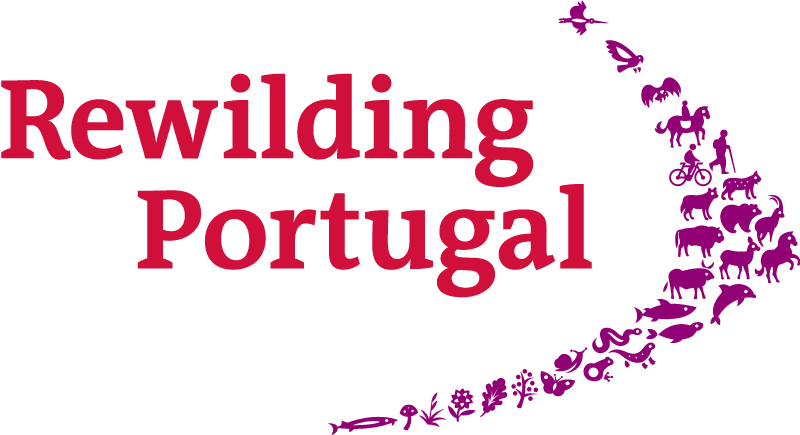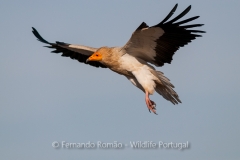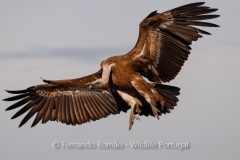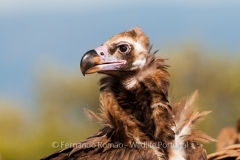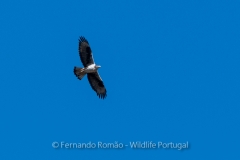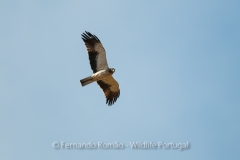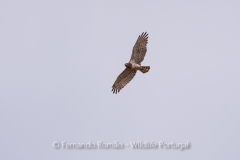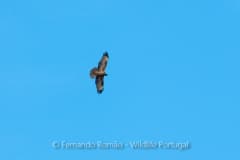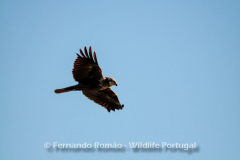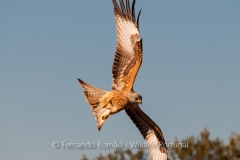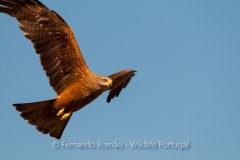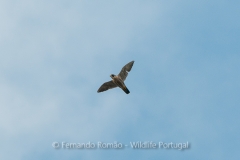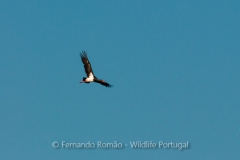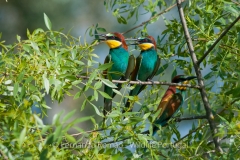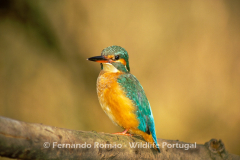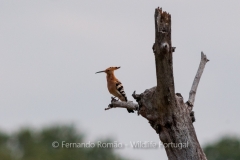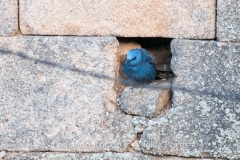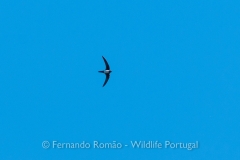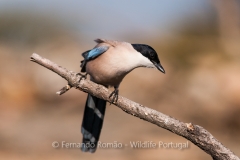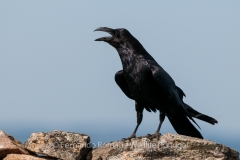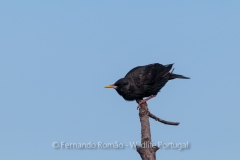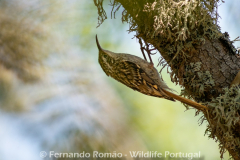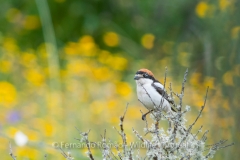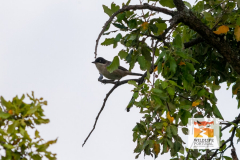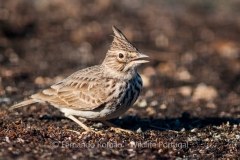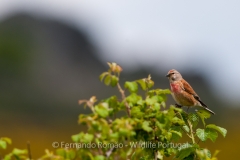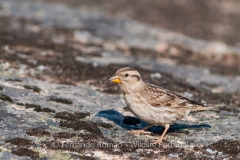

The Greater Côa Valley
This river represents a significant fluvial corridor, with about 140km of extension. From the source, in the Serra das Mesas (Sabugal), to the mouth, in the Douro River (Vila Nova de Foz Côa), this river crosses the plateau area of the Beira Interior, which corresponds to the end of the Ibrian Meseta. In the past it served as a natural border, but today it still closely follows the Portuguese border territory, full of historical, natural and landscape richness. The prehistoric traces of human and wild presence, the medieval castles and the historical walled villages are well represented here.
Its natural landscape has recovered in recent decades, and there are now large tracts of young oak trees (Pyrenean Oak), where there are natural meadows and ash tree groves. Consequently, wildlife has returned to or strengthened its presence in this territory, with large herbivores such as the Red deer and the Roe deer standing out. The mythical Iberian Wolf has also announced its presence in a more regular basis. But it is the group of birds, especially birds of prey, that are best represented in this extensive flattened landscape.
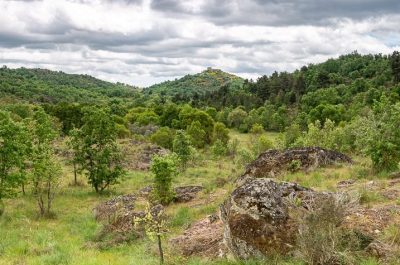
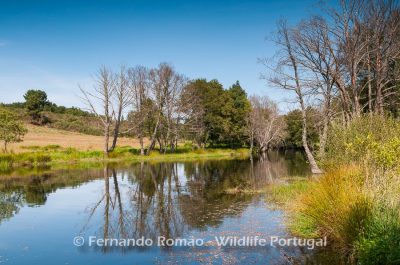
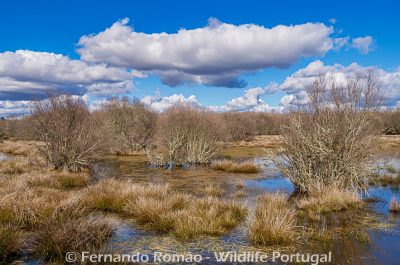
Birds of the Greater Côa Valley
They represent the group that stands out for the variety and occurrence of species of great value for conservation. Among them, the Black Stork (Ciconia nigra), the Egyptian Vulture (Neophron percnopterus), the Griffon Vulture (Gyps fulvus), the Black Vulture (Aegypius monachus), the Golden Eagle (Aquila chrysaetos), the Bonelli’s Eagle (Aquila fasciata), the Short-toed Eagle (Circaetus gallicus) the Booted Eagle (Hieraaetus pennatus), the Red Kite (Milvus milvus), The Black-winged Kite (Elanus caeruleus), the Eagle Owl (Bubo bubo), the Red-rumped Swallow (Cecropis daurica), the Crag Martin (Ptyonoprogne rupestris), the Alpine Swift (Apus melba).
Other species that we can find here are the Red-necked Nightjar (Caprimulgus ruficollis), the Bee-eater (Merops apiaster), the Golden Oriole (Oriolus oriolus), the Blue Rock Thrush (Monticola solitarius), the Western Orphean Warbler (Sylvia hortensis), the Sardinian Warbler (Sylvia melanocephala) the Western Subalpine Warbler (Sylvia inornata), the Woodchat Shrike (Lanius senator), the Iberian Grey Shrike (Lanius meridionalis), the Thekla’s Lark (Galerida theklae), the Iberian Magpie (Cyanopica cooki), the Spotless Starling (Sturnus unicolor), the Spanish Sparrow (Passer hispaniolensis).
Duration: Half day / Full day
Type: on vehicle, but with several stops for short walks
FULL DAY: up to 4 participants – 225,00 €
HALF DAY: up to 4 participants – 145,00 €
For bigger groups and other conditions, contact us.
The price of the activity includes specialized guide, local transportation, fee for nature conservation, insurance, use of optic equipment.
Booking a place is only guaranteed if 50% of the registration fee is paid.
A discount equal to VAT is available for private clients.
VAT will be added to the indicated prices for companies and other entities.
Through the contacts available, indicating your name and cell phone contact/email.
The reservation is only guaranteed upon payment of 50% of the registration fee.
email: info@wildlifeportugal.pt
phone: +351 918 068 872
In the course of our activities, we are committed to safeguarding the environment, minimising environmental impacts and reducing pollution.
By carrying out this activity, we support the management and conservation actions that promote the coexistence and return of wild species to the Greater Côa Valley,
under the management of Rewilding Portugal, through a financial contribution.

 English
English

